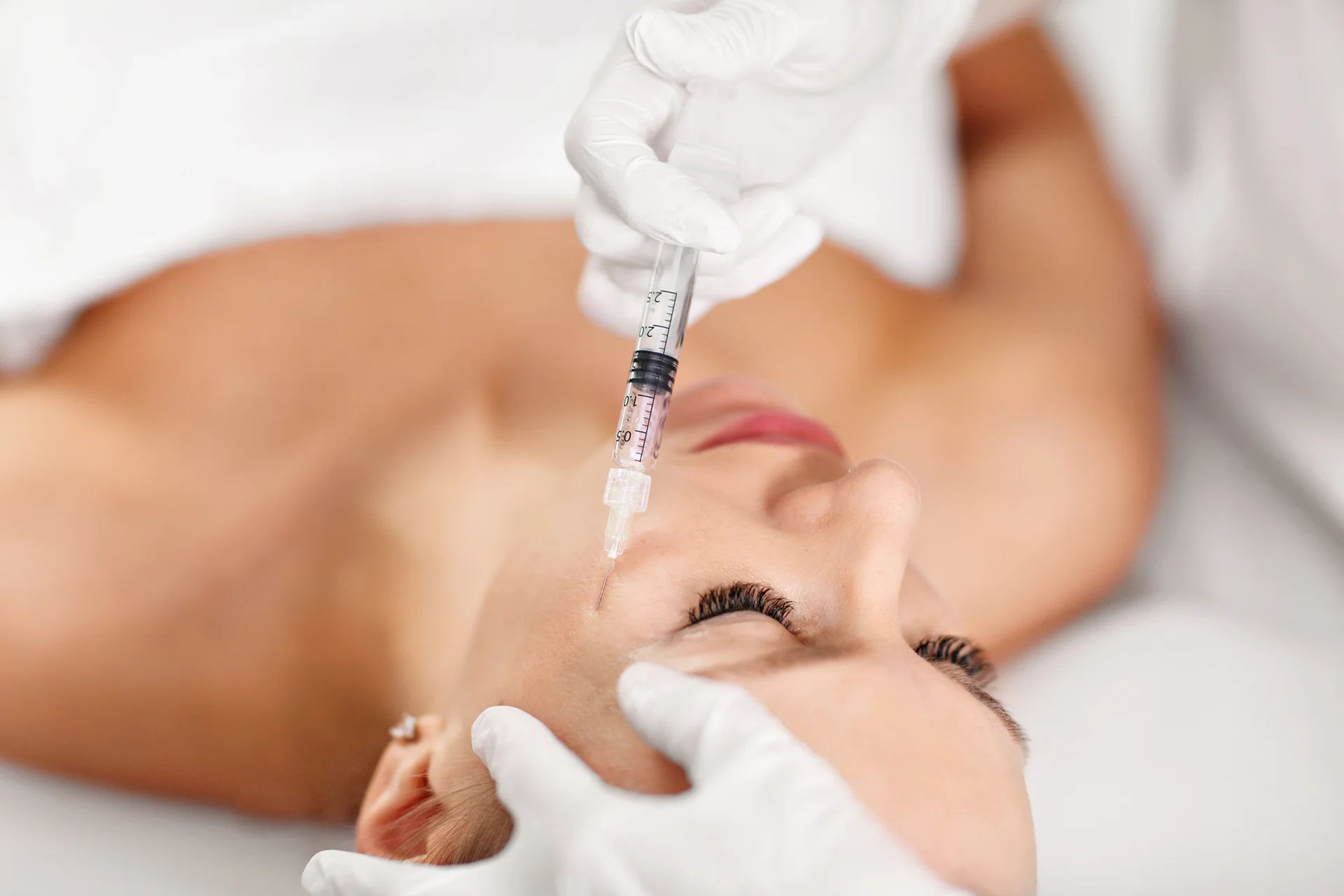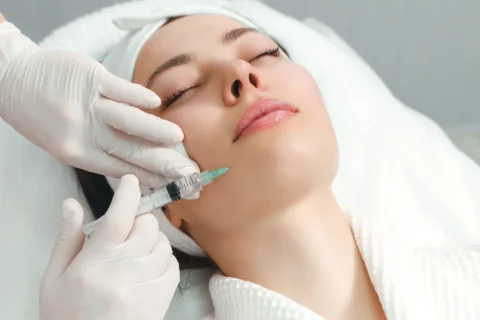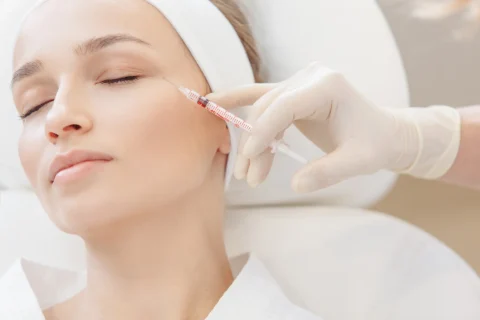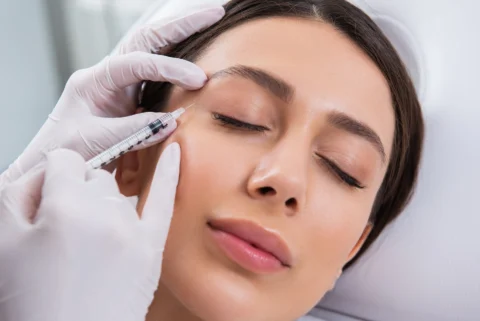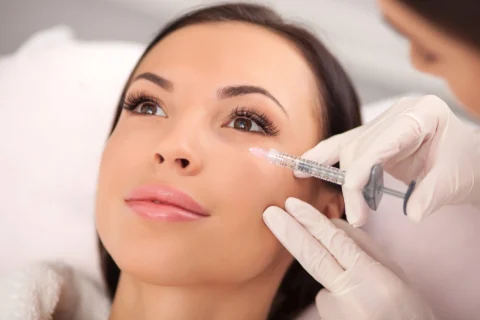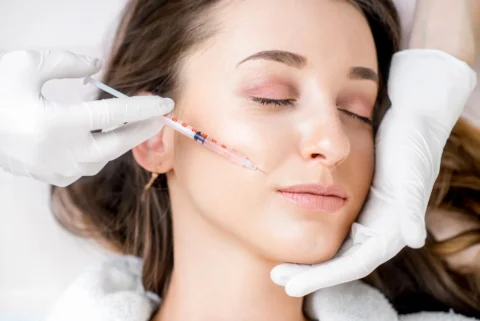Managing and Reducing Swelling Post-Fillers
Swelling after dermal fillers is a common reaction as the body heals from the injection, and it usually goes down within a week or two. Managing it can be as simple as using ice packs and avoiding strenuous activities for a few days.
Why Swelling Happens After Dermal Fillers
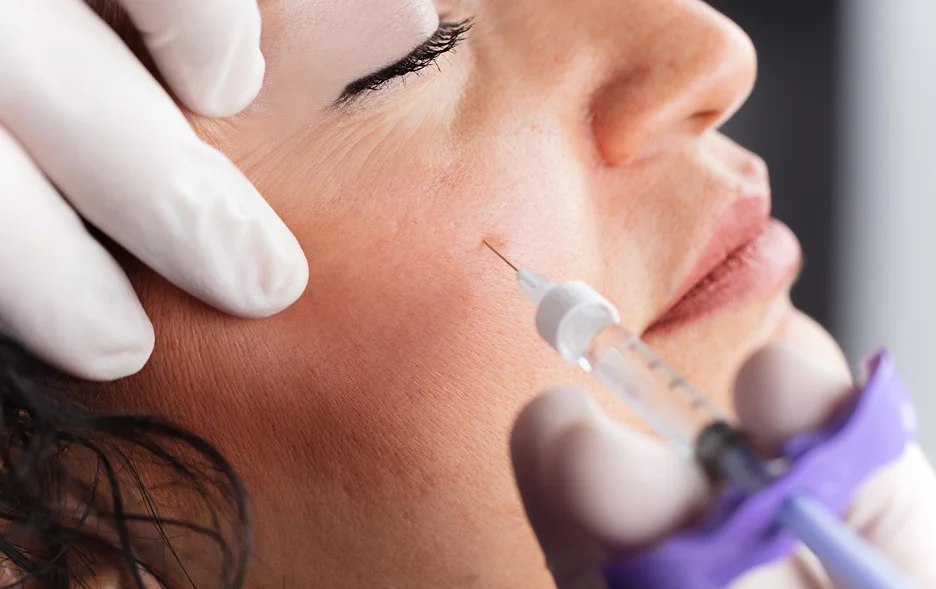
Swelling after dermal fillers is a natural part of the healing process. In this section, we’ll explore why your skin reacts this way and the factors contributing to swelling.
It’s a Normal Part of the Healing Process
Swelling is the body’s instinctive reaction to injury. When a dermal filler is injected, the body perceives it as an injury and rushes fluids and white blood cells to the site.
This response results in inflammation and swelling, but it’s a sign that your body is doing what it’s programmed to do—protect and heal.
Although it might be temporarily unsightly or uncomfortable, it’s a reassuring indication that your immune system is functioning properly.
Filler Type Matters
The filler you choose can greatly affect swelling. Hyaluronic acid (HA) fillers retain moisture, creating plumpness but can cause more initial swelling. Non-HA fillers may produce varying swelling based on their composition and interaction with the body’s tissues.
Understanding filler properties can help you and your injector make the best choice for your desired outcome and tolerance for swelling.
Injection Technique and Placement
The injector’s skill and technique can greatly impact swelling. Experienced practitioners cause less tissue trauma, reducing swelling. The depth and location of injections matter—superficial injections may cause more visible swelling, whereas deeper injections might mitigate this effect.
Certain areas of the face, like around the delicate skin of the eyes or lips, are more prone to swelling due to sensitivity. Choosing a qualified injector can minimize swelling and aid recovery.
How Long Does Swelling Last After Fillers?
Swelling is a common side effect following dermal filler injections, including in the lips and jaw area. The swelling usually peaks within the first 24 to 48 hours after the procedure.
For most patients, facial swelling from dermal fillers typically subsides within 3 to 5 days. However, in some cases, swelling can last from several days up to four weeks.
The duration of swelling can vary depending on the treatment area, with thinner skin areas potentially taking longer for swelling to go down.
The General Timeline
Swelling is most noticeable within 24-72 hours after the dermal filler procedure, when the body’s response is at its peak. After this, the swelling should start to diminish.
Some patients may experience residual swelling for a week or two, especially if larger volumes of filler were used or sensitive areas like the lips were treated.
Factors Affecting Duration
Swelling duration and intensity are influenced by various factors. The treated area’s mobility affects settling time, with highly mobile areas like the lips taking longer. The filler type is crucial; some may cause prolonged swelling.
Your body’s healing response and filler metabolism affect swelling duration. Pre-existing health conditions, medications, and lifestyle choices like smoking or drinking can impact it. Knowing these factors sets realistic expectations and helps monitor recovery.
Best Practices to Reduce Swelling
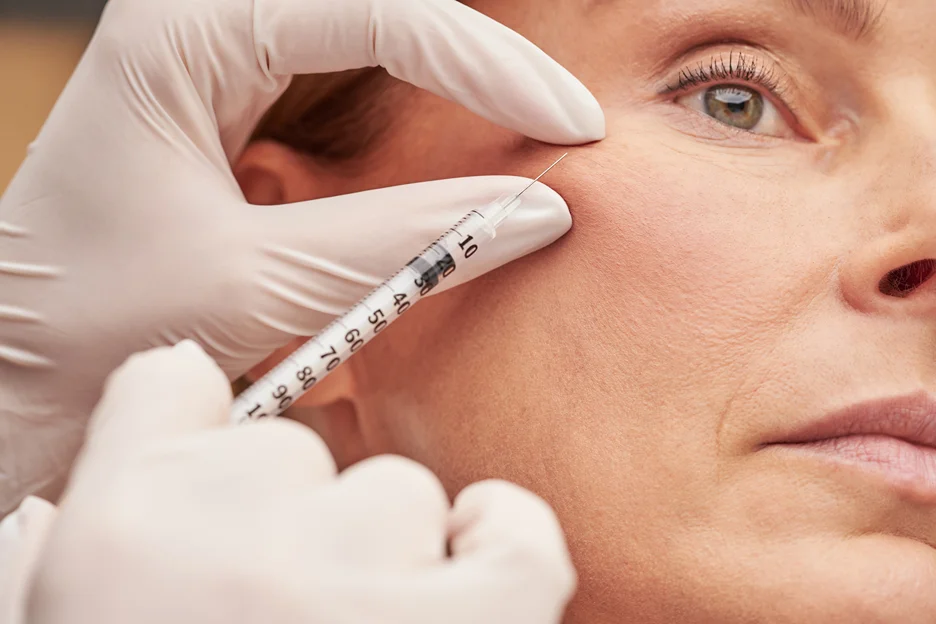
To minimize swelling after filler treatments, several measures can be taken:
- Hydration: Drink plenty of fluids like water and juices to maintain hydration.
- Cold Compress: Apply a cold compress or ice pack wrapped in a soft cloth to the swollen area for 10 to 15 minutes at a time.
- Elevation: Keep your head elevated to help reduce swelling.
- Arnica and Bromelain: Consider using arnica cream or gel and taking supplements like arnica montana and bromelain to control bruising and swelling.
- Avoid Certain Substances: Stay away from processed foods, excess salt, spicy foods, alcohol, and blood-thinning medications.
- Rest: Avoid heavy activity or exercise for the first day or so after treatment.
- Antihistamines: These can be used to reduce swelling, especially if it’s related to an allergic reaction.
Special Considerations for Specific Areas
Lips: Due to their highly vascular nature, the lips are particularly prone to swelling. It’s advised to avoid extreme temperatures in food and drink, refrain from kissing, and skip using straws for the first 24 hours post-treatment.
Jaw: Swelling after jaw filler may last a few hours or days, with most of the swelling resolving by 2-3 days after the procedure.
Why Do Fillers Make You Look Puffy?
Fillers can make one look puffy due to the body’s response to the physical injection and the interruption of blood flow in the treated areas. The volume of filler used and the specific area treated can also contribute to the degree of swelling experienced.
Should You Massage Lumps After Fillers?
While it’s generally advisable to avoid touching the treated area, gentle massage may improve swelling in some patients. However, it’s important to follow the advice of the healthcare provider who performed the treatment.
Long-Term Considerations
Swelling from fillers is almost always temporary and can be effectively managed with the right aftercare. If swelling persists or if there are concerns about the results, it’s crucial to consult with the healthcare provider who administered the fillers. They can provide personalized advice and address any complications that may arise.
Managing Swelling After Dermal Fillers
Understanding why swelling occurs and its duration, let’s focus on managing and reducing it. With simple strategies, you can alleviate discomfort, speed up healing, and minimize its impact on your daily life.
When to be Patient vs. Concerned
While some swelling is expected post-filler, knowing when it becomes concerning is crucial. Patience is key as the body adjusts.
If you notice extreme swelling, worsening pain, or signs of infection like spreading redness, warmth, or fever, contact your healthcare provider.
If the swelling doesn’t subside after the initial peak period, or if you develop difficulty breathing or swallowing, seek medical advice immediately.
When to Contact Your Injector About Swelling
Understand the difference between post-treatment swelling and potential complications. Know when to contact your injector.
Red Flags
Post-procedural swelling is common, but there are ‘red flags’ that require a call to your injector. If swelling worsens after several days, it could signal an allergic reaction or infection. Severe pain, skin color changes, fever, or other unusual symptoms should be taken seriously. Persistent lumps or unevenness after swelling could indicate filler placement issues that need correction.
Err on the Side of Caution
Consult your injector if you have concerns. They can provide peace of mind or advise on next steps, including a follow-up appointment. No question is too small for your health and comfort, so don’t hesitate to reach out if something feels off.
Treatments for Persistent or Problematic Swelling
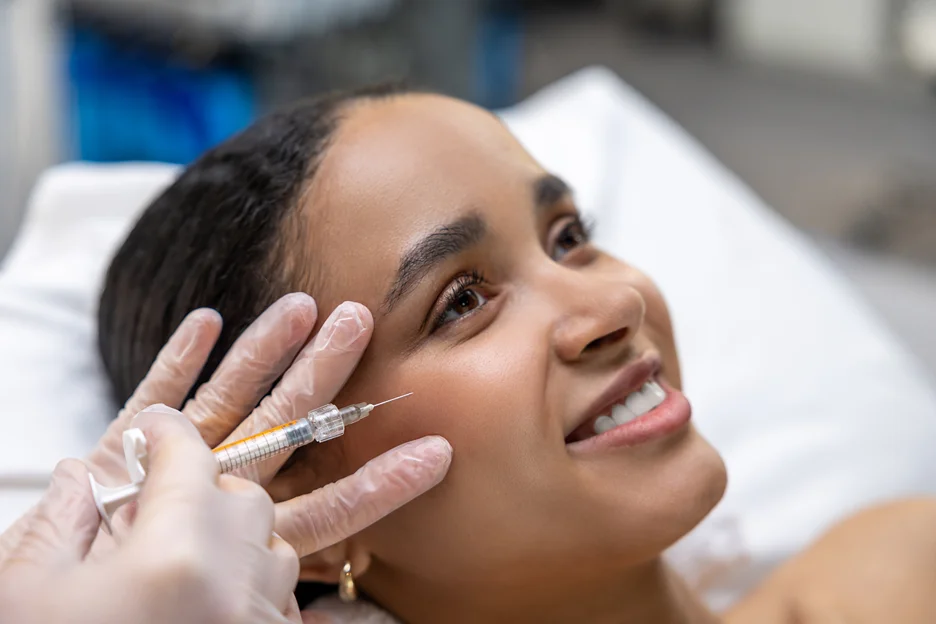
If swelling persists after post-care measures, there are treatments that can help. Here’s what can be done in this situation.
Don’t Panic
If your swelling persists after a filler treatment, don’t panic. Sometimes, the body takes longer to adjust. Extended swelling doesn’t always mean a problem, but monitor and communicate concerns to your injector.
Patience and time are often the best remedies. If the swelling is accompanied by other symptoms, consider further action.
Potential Interventions
For swelling that doesn’t respond to basic management, your healthcare provider may suggest interventions like antihistamines for allergic reactions, or oral steroids for severe inflammation.
If the swelling is due to the body reacting to the HA filler, hyaluronidase can dissolve the filler. These treatments are reserved for cases where swelling significantly affects your quality of life or poses serious risks.
Prevention is Key
The best way to manage swelling is to prevent it from the start. Here are some steps to minimize the risk of excessive swelling and complications after your dermal filler treatment.
Choosing a Skilled Injector
Selecting an experienced and reputable injector is crucial in preventing undue swelling. A skilled injector will use proper techniques that minimize skin trauma and understand how different fillers behave to tailor their approach to your facial anatomy. They should provide a thorough consultation to discuss potential risks and management.
Open Communication
Before getting a filler treatment, have an open discussion with your injector about any swelling concerns. This is the time to ask questions, understand the signs of normal vs. abnormal healing, and get personalized advice on preparation and post-treatment care to reduce swelling and improve the outcome.
By taking proactive steps and following the guidance in this article, you can navigate the healing process after dermal fillers with confidence. Remember, swelling is a temporary and manageable side effect that leads to the desired aesthetic results.

